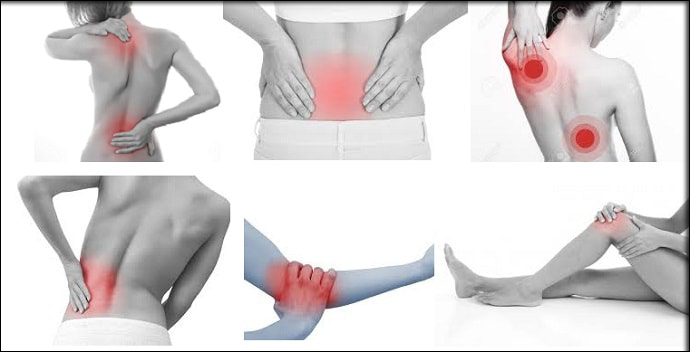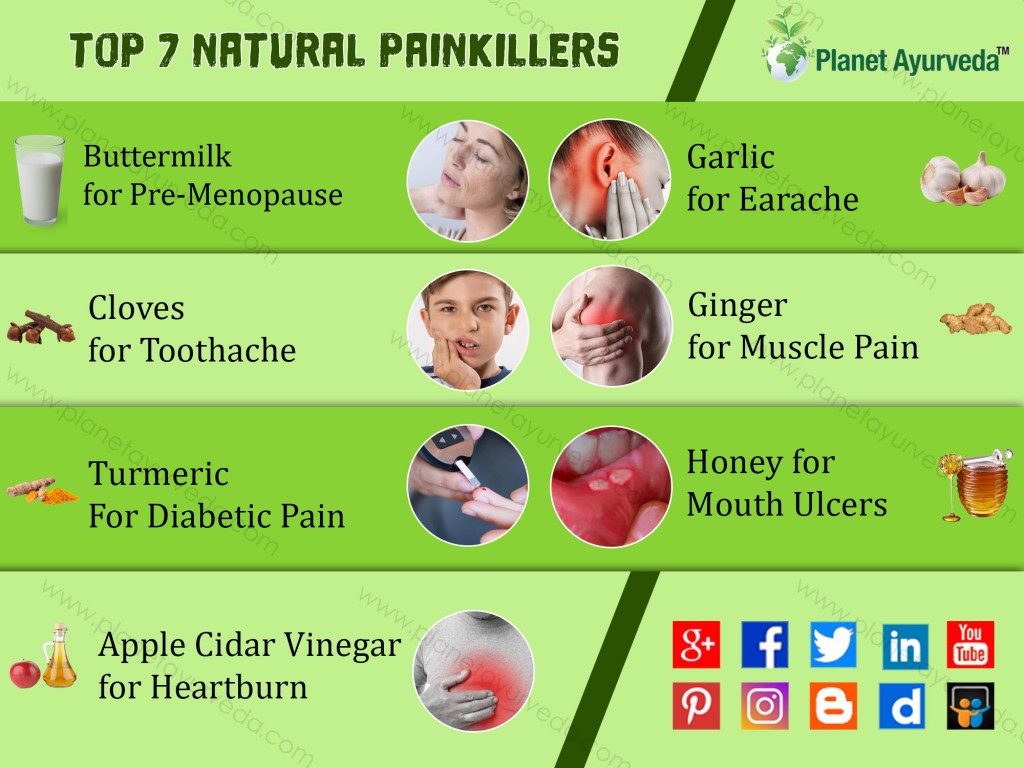Treatment of Fish Odour Syndrome (Trimethylaminuria) with Ayurveda
Introduction
Trimethylaminuria (TMAU) is an inherited condition (in an autosomal recessive fashion) in which the victim emits rotten fish smell. Hence it is also known as fish odor syndrome or fish malodor syndrome. TMAU is a psychologically disabling condition as it has a huge psychosocial impact. This disorder is caused due to an inherited deficiency of flavin mono oxygenase 3. This enzyme is crucial for the trimethylamine metabolism. Trimethyl amine is a tertiary amine whose odor resembles of a rotten fish.
Odorous trimethyl amine is oxidized by flavin mono oxygenase 3 into non odorous trimethyl amine – N – oxide. This mechanism is corrupted in TMAU patients. Hence TMA gets accumulated in the body and it may release out of the body through sweat, urine, expired air and reproductive fluids. Thus TMAU victims emits fishy odor around the clock, but the intensity may vary from moderate to severe.
Incidence of TMAU is noted more in females than males, as the estrogen & progesterone levels may exacerbate the condition. The condition may worsen when the victim nears his puberty and in females it is most intolerable during menstrual cycle and menopause. The smell can become fishier while having oral contraceptives.
Secondary cases of TMAU can be noticed in persons who had prolonged therapeutic administration of choline for Alzheimer’s disease or Huntington’s chorea.
Differential Diagnosis
Bacterial vaginosis, urinary tract infections, cervical cancer, advanced liver of kidney diseases, foul smelling urine (especially in children) due to colonization of Aerococcus urinae bacteria in urinary tract, all these may mimic the TMAU symptoms. These may have a raised level of trimethyl amine in urine, but there will not be any underlying genetic factors.
Trimethylaminuria & Ayurveda
In Ashtanga Hrudaya, uttara stana Acharya details about baala graham. It is mentioned that, a child seized by Andhapoothana graham will emit fishy odor. Treatment protocols aimed at andhaputana graham can be made use in TMAU patients. Also aggravation of thridosha especially pitta can be noticed in TMAU patients. The foul smell is in account of aggravated pitta. So while managing TMAU, balancing pitta is of prime importance.
Treatment of Trimethylaminuria
It is really rhapsodic that TMAU has no complete cure, as it is connected to genetic factors. But there are many simple techniques to improve the quality of life in TMAU patients.
- Stress level & hormonal changes – avoid stress & relax well. Increased stress may cause hormonal changes leading more perspiration. More the perspiration more fishy smell. One may resort to pranayama and meditation techniques to ease the mind. This step is very crucial in TMAU management, as the patient may suffer from low self esteem, poor psycho social connections, depression etc.
- Avoid all the parameters that can cause excess perspiration like strenuous exercises, fever etc.
- Wash the body with acidic ph soaps (5. – 6.5) and laundry on regular basis
- Diet – limit the intake of marine fish (contains higher concentration of TMAO, a precursor of TMA), egg yolks, red meat, raw soybeans, mustard seeds etc. limit the ingestion of Brussels sprout, as they may inhibit flavin monooxygenase 3 enzyme.
- Supplement with riboflavin, as flavin monooxygenase 3 has a flavin cofactor
Herbal Remedies for Trimethylaminuria (TMAU)
Planet Ayurveda offers various herbal remedies for Trimethylaminuria that provides effective results on symptoms associated with this disease.
1. Green Essentials
Capsules Green Essentials are among the unique products manufactured by Planet Ayurveda. These capsules nourish the cells and fight against various ailments. These capsules are known to clear heavy metals so these capsules are quite effective for the patients suffering from fish odour syndrome.
Dosage:- 1-2 capsules twice daily.
2. Manjishta Capsules
Prepared from the standardized extract of rubia cordifolia herb. It is well known for its blood purifying properties. It helps to detoxify the body. It boosts the immune system. It is also coolant in nature and hence reduces perspiration and aggravated pitta.
Dosage:- 1 cap twice daily after food with lukewarm water.
3. Gandhak Rasayan
Gandhak Rasayan is an Ayurvedic medicine used in the treatment of skin diseases, provides nourishment, improves digestion strength and mostly indicated in the diseases arising due to depleted body tissues, itching, skin diseases and other toxic conditions.
Dosage:- 2 tablets twice daily.
4. Kaishore Guggul
Kaishor guggul is a very famous Ayurvedic medicine that acts as a natural blood cleanser, aging skin health promoter and is widely used in various skin diseases. It contains natural blood purifying herbs such as Triphala and Giloy. Triphala is the nature’s best remedy for detox as it removes toxins within the blood and therefore useful in all metabolic disorders.
Dosage:- 2 tablets twice daily.
5. Navkarshik Churna
It is very effective in controlling TMA level in blood. It corrects the protein metabolism and cleanses the blood. It is very effective for pain management in arthritic condition. As the name indicates it contains nine ingredients, each taken in karsha pramana (12 gms). The ingredients are amalaki (emblica officianalis), haritaki (terminalia chebula), vibhitaki (terminalia bellerica), neem (azadirachta indica), vacha (acorus calamus), manjishta (rubia cordifolia), katuki (piccorrhiza kurrao), guduci (tinospora cordifolia), daruharidra (berberis aristate). It balances the tridoshas.
Dosage:- Half tsp daily after meals.
6. Neem Oil Mixed With Jatyadhi Oil
For external application, mix neem oil with jatyadhi oil and apply on the affected skin. Jatayadi oil is an Ayurvedic medicine used for the external application as it heals the wounds quickly. It is applied over the infected skin diseases. Jatyadi oil balances Pitta and kapha doshas.
Neem oil has immense benefits. Neem oil helps in cleansing and healing the wounds quickly. It is useful in numerous skin diseases.
7. Royal Honey Shower Gel
Use Royal Honey Shower Gel for bathing as it contains natural ingredients that are anti-bacterial and anti-septic in nature that helps in relieving the bad odour.
It is true that complete cure of TMAU is not possible, as this disease is hereditary and has some genetic connections. But the above mentioned herbal products are guaranteed to prevent the progression of TMAU and can effectively manage the fishy smell of TMAU. These products are 100% natural & safe as it does not contain any preservatives, artificial colors, addictives, binders, fillers etc.



